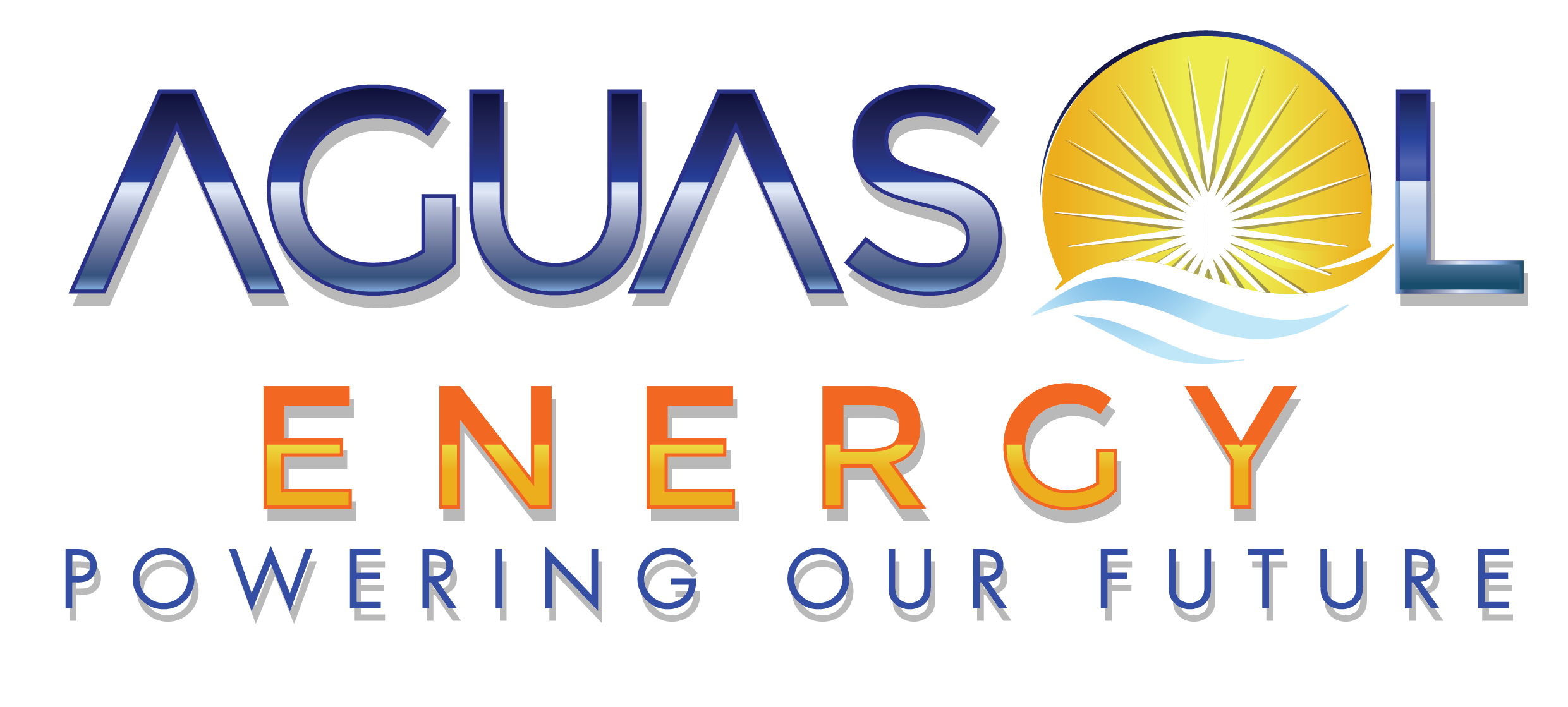As the world grapples with economic uncertainties, industries across the globe are facing challenges and opportunities alike. Among them, the solar industry stands as a beacon of resilience and innovation. Despite the prevailing economic turbulence, the solar sector continues to demonstrate remarkable growth and promise, driven by technological advancements, favorable policies, and shifting consumer preferences towards sustainability. In this article, we delve into the current state of the solar industry amidst economic flux and explore its outlook for the next two years.
Current Landscape:
The solar industry has witnessed remarkable expansion in recent years, fueled by declining costs of solar panels, increased efficiency of solar technologies, and growing environmental awareness. Even amid economic downturns, the demand for clean energy solutions remains robust, with governments, businesses, and consumers increasingly prioritizing renewable energy adoption as a means to mitigate climate change and achieve energy independence.
However, the solar industry has not been immune to the economic impacts of the global pandemic and geopolitical tensions. Supply chain disruptions, fluctuating raw material prices, and labor shortages have posed significant challenges to solar project development and deployment, causing delays and cost escalations in some regions. Moreover, uncertainty surrounding government incentives and tariffs has added complexity to market dynamics, influencing investment decisions and project economics.
Outlook for the Next Two Years:
Despite short-term challenges, the solar industry is poised for continued growth and evolution over the next two years. Several factors contribute to a positive outlook for the sector:
- Technological Advancements: Ongoing research and development efforts continue to drive innovations in solar technologies, enhancing efficiency, reliability, and affordability. Breakthroughs in materials science, energy storage, and grid integration are expected to accelerate the adoption of solar energy across diverse applications, from utility-scale projects to rooftop installations and off-grid solutions.
- Policy Support: Governments worldwide are increasingly recognizing the pivotal role of renewable energy in achieving climate goals and stimulating economic recovery. Substantial investments in clean energy infrastructure, coupled with supportive policies such as tax incentives, feed-in tariffs, and renewable portfolio standards, are expected to bolster demand for solar energy and facilitate market expansion.
- Energy Transition Imperative: The imperative to transition towards a low-carbon economy is driving unprecedented demand for renewable energy sources, including solar power. Utilities, corporations, and communities are committing to ambitious renewable energy targets, driving investments in large-scale solar projects and fostering a conducive regulatory environment for solar deployment.
- Cost Competitiveness: Solar energy has become increasingly cost-competitive with conventional fossil fuels, making it an attractive option for electricity generation worldwide. Continued cost declines in solar photovoltaic (PV) systems, coupled with advancements in energy storage and digitalization, are expected to further enhance the economic viability of solar energy solutions, driving widespread adoption across diverse markets.
- Global Market Expansion: The global solar market is witnessing rapid expansion beyond traditional strongholds, with emerging markets in Asia, Africa, and Latin America presenting significant growth opportunities. Rapid urbanization, rising energy demand, and favorable regulatory frameworks are driving investments in solar infrastructure, positioning these regions as key drivers of future solar capacity additions.
While the outlook for the solar industry appears promising, several challenges and uncertainties remain. Geopolitical tensions, trade disputes, and policy fluctuations could impact supply chains and market dynamics, influencing the pace and trajectory of solar deployment. Moreover, achieving grid parity and addressing intermittency challenges through effective energy storage and grid modernization will be crucial for unlocking the full potential of solar energy in the transition to a sustainable energy future.
In conclusion, the solar industry remains resilient and adaptive amidst economic uncertainties, poised for sustained growth and innovation in the years ahead. As stakeholders across the value chain collaborate to overcome challenges and seize opportunities, solar energy is expected to play an increasingly pivotal role in shaping the global energy landscape, driving economic prosperity, and fostering a sustainable future for generations to come.

